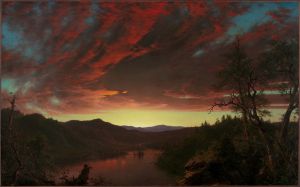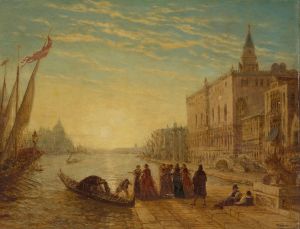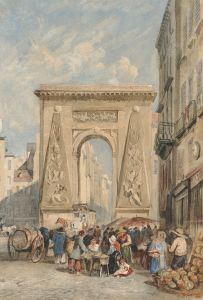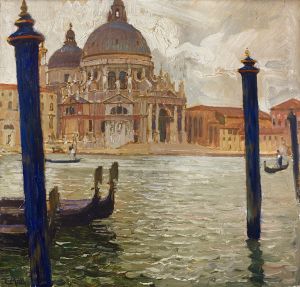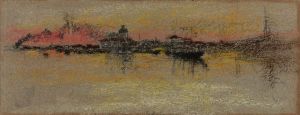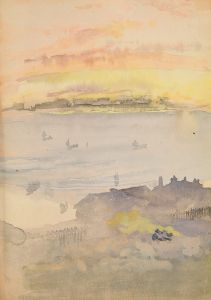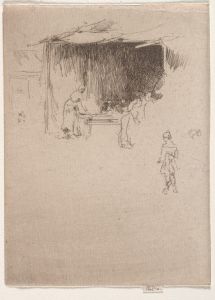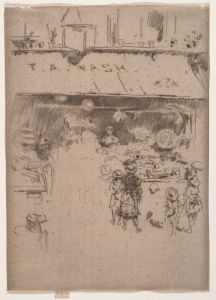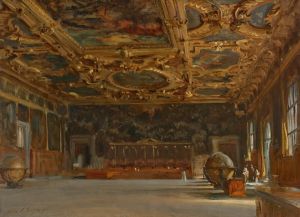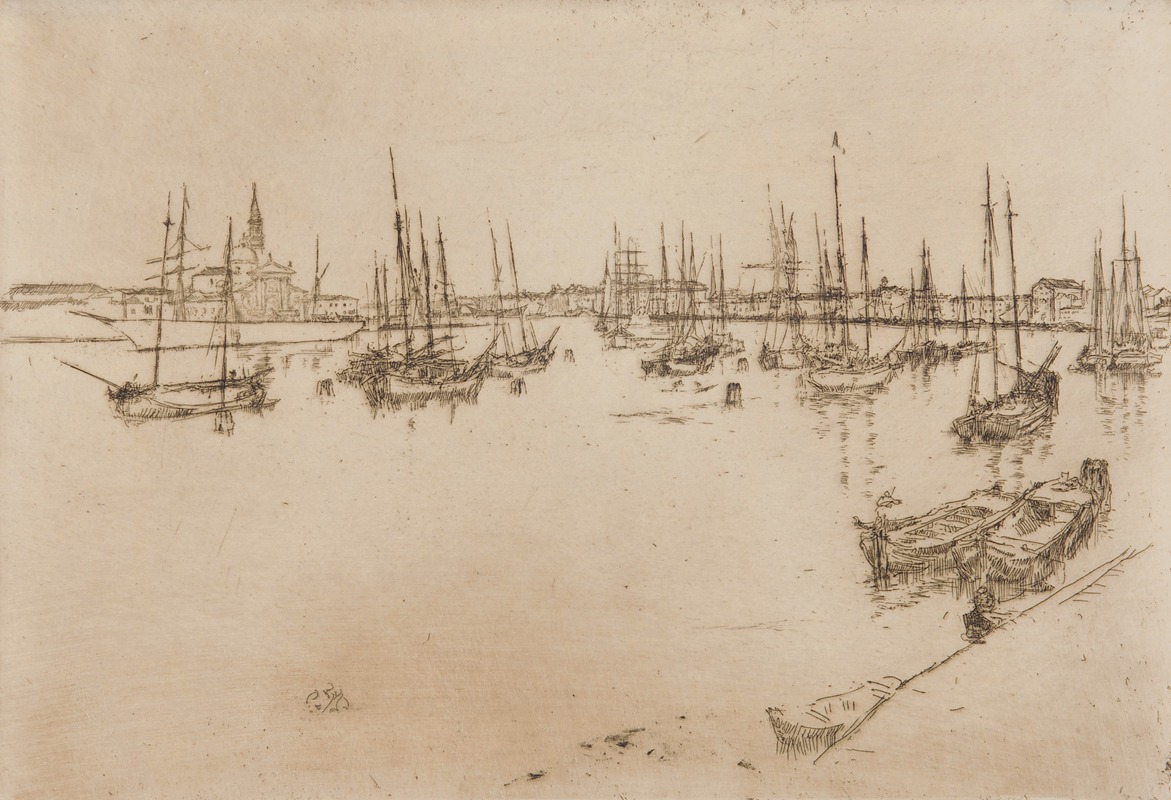
San Giorgio
A hand-painted replica of James Abbott McNeill Whistler’s masterpiece San Giorgio, meticulously crafted by professional artists to capture the true essence of the original. Each piece is created with museum-quality canvas and rare mineral pigments, carefully painted by experienced artists with delicate brushstrokes and rich, layered colors to perfectly recreate the texture of the original artwork. Unlike machine-printed reproductions, this hand-painted version brings the painting to life, infused with the artist’s emotions and skill in every stroke. Whether for personal collection or home decoration, it instantly elevates the artistic atmosphere of any space.
James Abbott McNeill Whistler, an American artist active during the late 19th century, is renowned for his contributions to the Aesthetic Movement. One of his notable works is "San Giorgio," a painting that captures the serene beauty of the Venetian landscape. Whistler's "San Giorgio" is an exquisite example of his mastery in depicting atmospheric effects and his subtle use of color.
The painting portrays the island of San Giorgio Maggiore, located in the Venetian Lagoon. This island is home to the Church of San Giorgio Maggiore, a prominent architectural landmark designed by the renowned Renaissance architect Andrea Palladio. Whistler's depiction of this scene is characterized by its delicate tonal harmony and the artist's signature approach to capturing the interplay of light and water.
Whistler visited Venice in 1879, a trip that significantly influenced his artistic output. During his stay, he produced a series of works that focused on the city's unique interplay of light, water, and architecture. "San Giorgio" is part of this series, reflecting Whistler's fascination with the ethereal quality of the Venetian atmosphere. His technique in this painting involves a limited palette and subtle gradations of tone, which create a sense of depth and tranquility.
The composition of "San Giorgio" is carefully balanced, with the church and its campanile (bell tower) serving as the focal point. The surrounding water and sky are rendered with a delicate touch, emphasizing the reflective quality of the lagoon. Whistler's brushwork is both precise and fluid, capturing the transient effects of light on the water's surface.
Whistler's approach to painting was heavily influenced by his belief in "art for art's sake," a principle that emphasized the aesthetic experience over narrative content. This philosophy is evident in "San Giorgio," where the emphasis is on the visual and emotional impact of the scene rather than a specific storyline or historical context. The painting invites viewers to appreciate the beauty of the moment and the artist's skill in rendering it.
"San Giorgio" is also notable for its connection to Whistler's broader body of work, particularly his "Nocturnes," a series of paintings that explore the effects of twilight and night. While "San Giorgio" is not explicitly part of the Nocturnes, it shares a similar sensibility in its focus on mood and atmosphere. Whistler's innovative use of color and tone in these works had a lasting impact on the development of modern art, influencing subsequent generations of artists.
Today, "San Giorgio" is recognized as a significant example of Whistler's artistic achievements. It exemplifies his ability to capture the essence of a place through his distinctive style and his commitment to the principles of the Aesthetic Movement. The painting remains a testament to Whistler's skill and his enduring influence on the art world.





